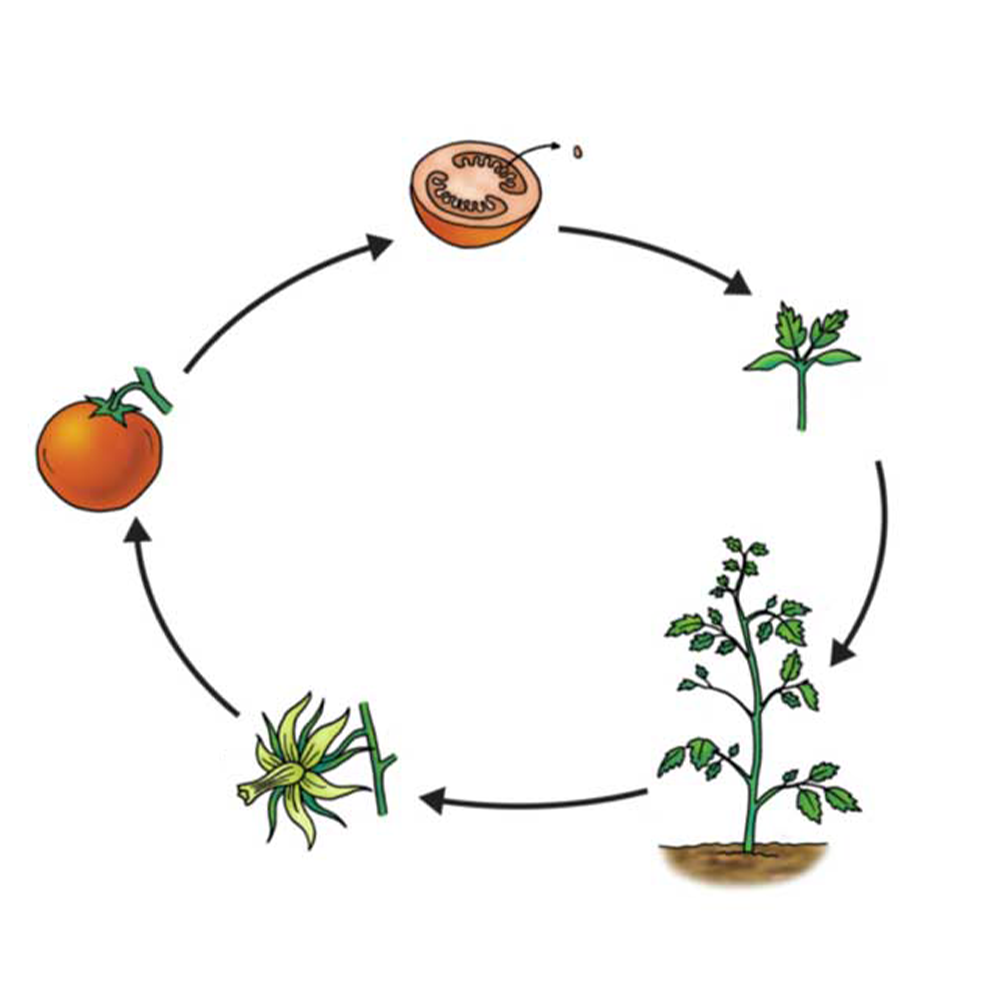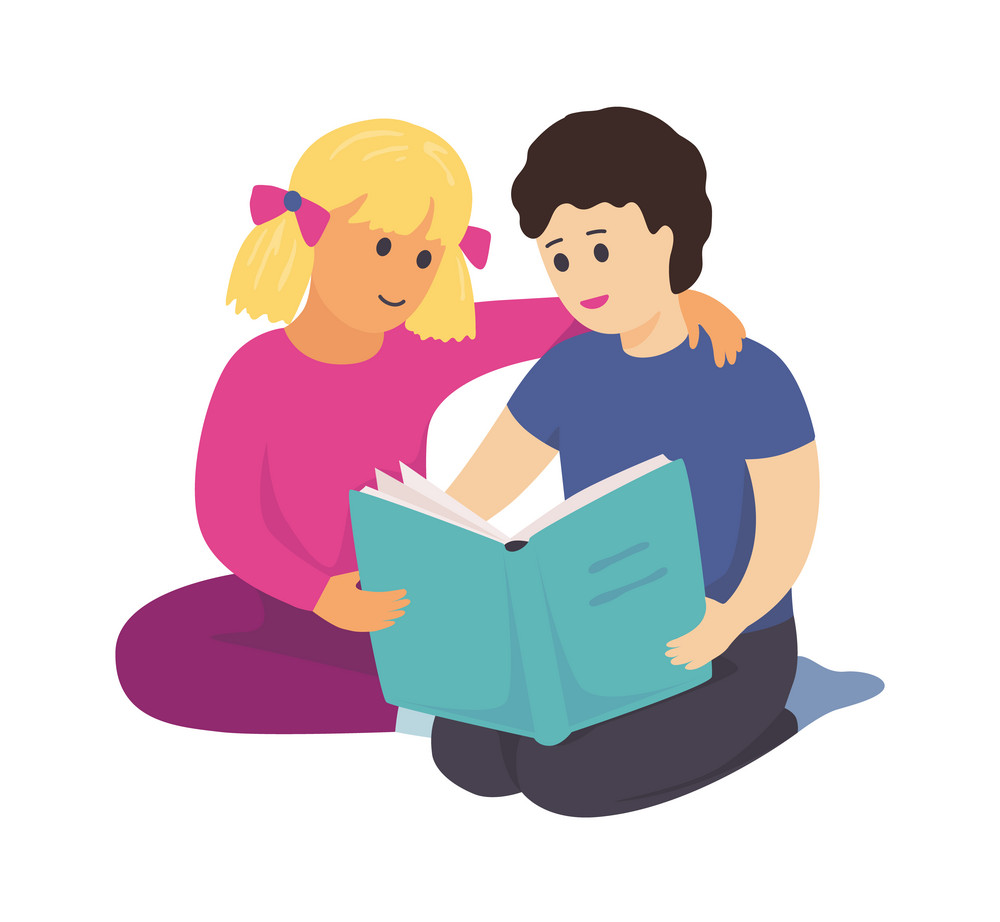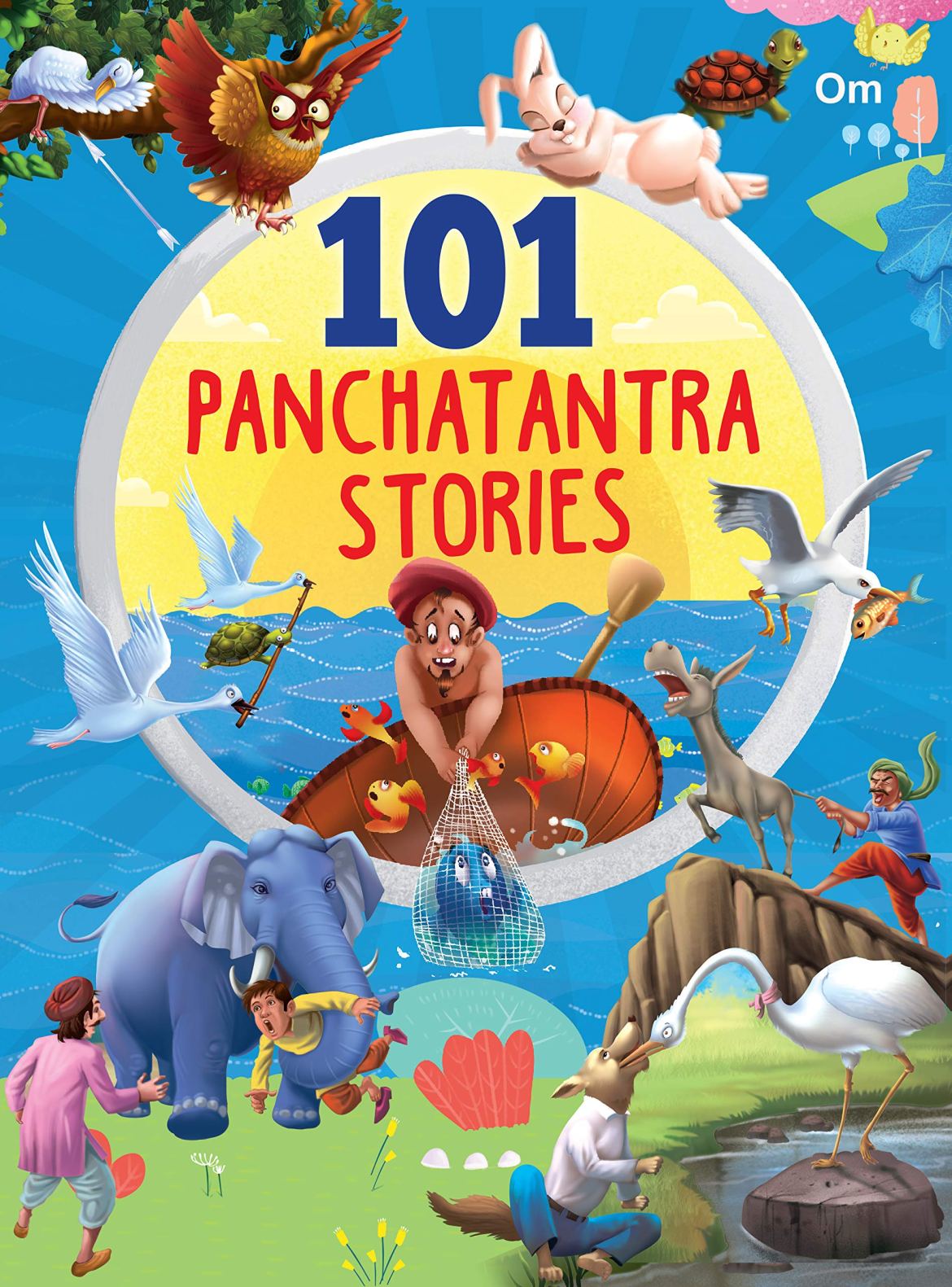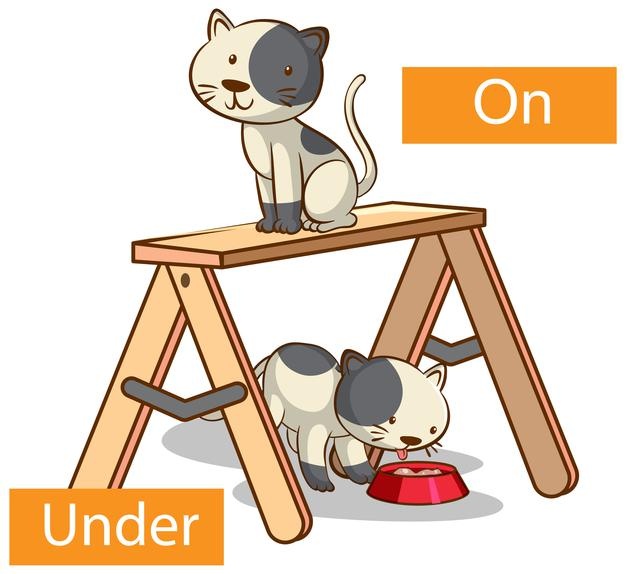EVS Worksheet : Plant Lifecycle For Grade 3 Students
Everything that lives on earth has a specific life cycle. Life has a beginning point, growth phase, Reproductive phase, and an end of life. All plants have a life cycle and this cycle is very important from an agricultural point of view. Because a major source of our food comes from plants, we can classify them by their life cycle. Crops can be sorted into categories like annuals, biennials, and perennials. But before we look into the classification of some agricultural crops, let’s first take a look at the plant life cycle.
Where it all Begins
Plants undergo different stages. Commonly these four stages: seed, germination, growth, and harvest.
Plants start their lives as tiny small seeds beneath the earth’s surface. Seeds contain a plant with leaves, tender stems, and roots. The first step the seed takes on its path is germination. Germination is when the plant within the seed begins to grow with the help of water, soil, and sunlight. As the process continues, the plant develops the stems and roots. Stem pushes up toward the light. Roots grow down deep into the soil. Now, leaves begin to grow on tiny stems. Leaves unfold, take in sunlight, and prepare food through photosynthesis. The vegetative stage occurs after the plant has sprouted and produced its first tiny tendrils. This generally happens around 5-60 days after sowing your seeds. This will also depend on the type and kind of plant you’re trying to grow. As a rule, the bigger the plant you’re trying to grow, the longer it takes for it to reach the vegetative stage. During this stage, the plant matures, produces more foliage, and becomes taller, bigger, and healthier.
Then the plant then begins to develop beautiful flowers. Many plants produce flowers that are important in the production of seeds. The flowers are then pollinated by birds, animals, and small insects. Then the flowers are pollinated when pollen from the stamen moves onto the pistil. Finally, now the Seeds and fruit are produced.
The harvest stage is when you reap what you sow. For edible plants, mainly herbs, this is when the leaves or foliage are just the right sizes for picking. For fruits or vegetables, it is when the fruits are big and ripe enough for consumption.
Then the plant eventually dies, leaving seeds that germinate to produce new plants.
- Annuals take one year to complete their life cycle.
- Biennials take two years to complete their life cycle, germinating and growing roots and leaves in their first year, flowering, setting seed, and dying in their second year.
- Perennials live for several years after germination.
- Monocarpic plants produce seeds only once but may take several years to grow to maturity. The Palm may live for 60 years or more before it produces flowers and seeds, and it then dies
Instructions to solve the worksheet
While many plants can grow from bulbs, cuttings, or divisions, the majority of them are grown from seeds. One of the best ways to help kids learn about growing plants is by introducing them to the basic plant life cycle. So Given below is a picture depicting the life cycle of a plant help your kid to complete the blank space by identifying the correct stage from the suggestions provided in the box.
While many plants can grow from bulbs, cuttings, or divisions, the majority of them are grown from seeds. One of the best ways to help kids learn about growing plants is by introducing them to the basic plant life cycle. So Given below is a picture depicting the life cycle of a plant help your kid to complete the blank space by identifying the correct stage from the suggestions provided in the box.
Importance of Environmental Education
- EVS helps children to develop their own insights into the functioning of several things or understand human processes in their environment. Such interactions with their surrounding environment are immensely important for the healthy development of children.
- Not only does environmental education offers opportunities for experiential learning outside of the classroom, but it also enables students to make connections and apply their learning in the real world.
- EVS helps learners see the interconnectedness of social, ecological, economic, cultural, and political issues.
- By providing environmental education to students they will engage problem-solving techniques of the outer world to their subjects to understand a particular problem by implying outdoor environmental solutions.
- Environmental Education gives students a new meaning of exploring mother nature to see and resolve the issues which are harmful to the environment and this will also help them in maintaining their own health by doing physical work so that their bodies will be immune from some serious health issues such as short-sightedness, obesity and in some cases even lack concentration.
- The one major issues which we need to deal with is pollution and if we don’t educate our kids about the hazardous effects of environmental damage there will be no future of the world.













































